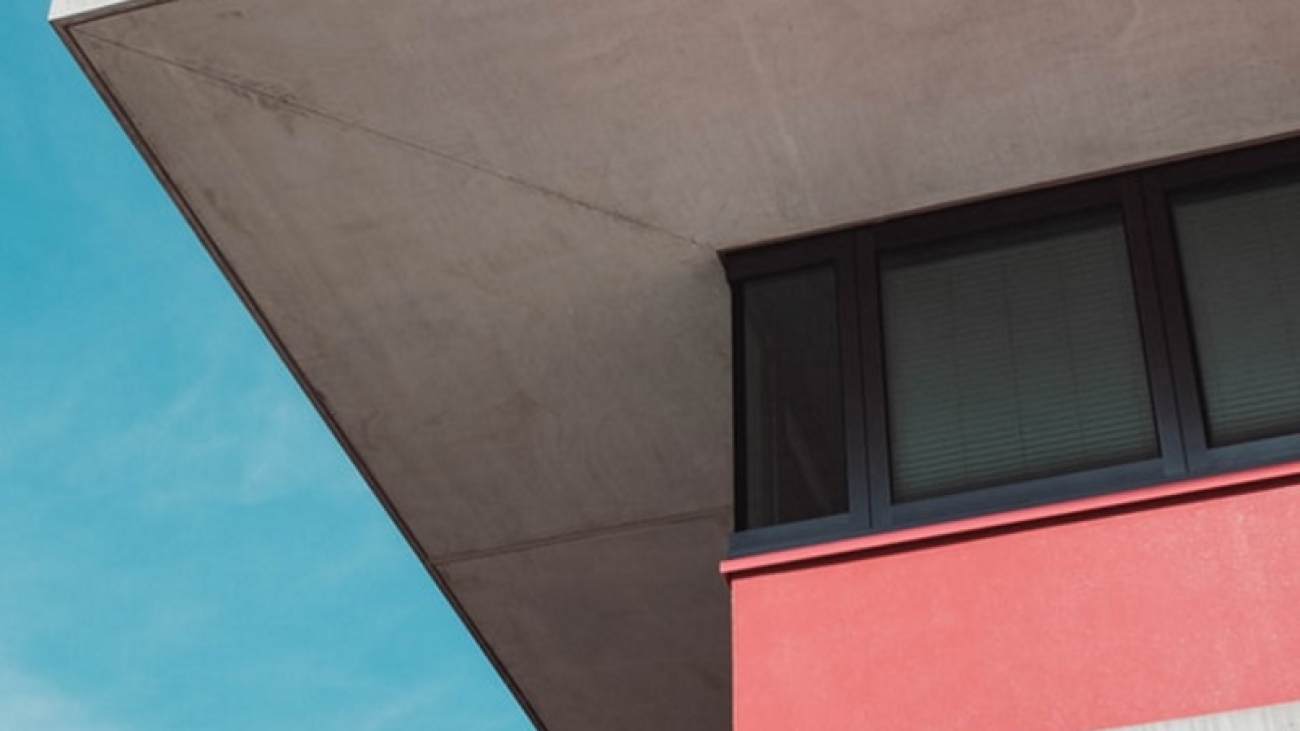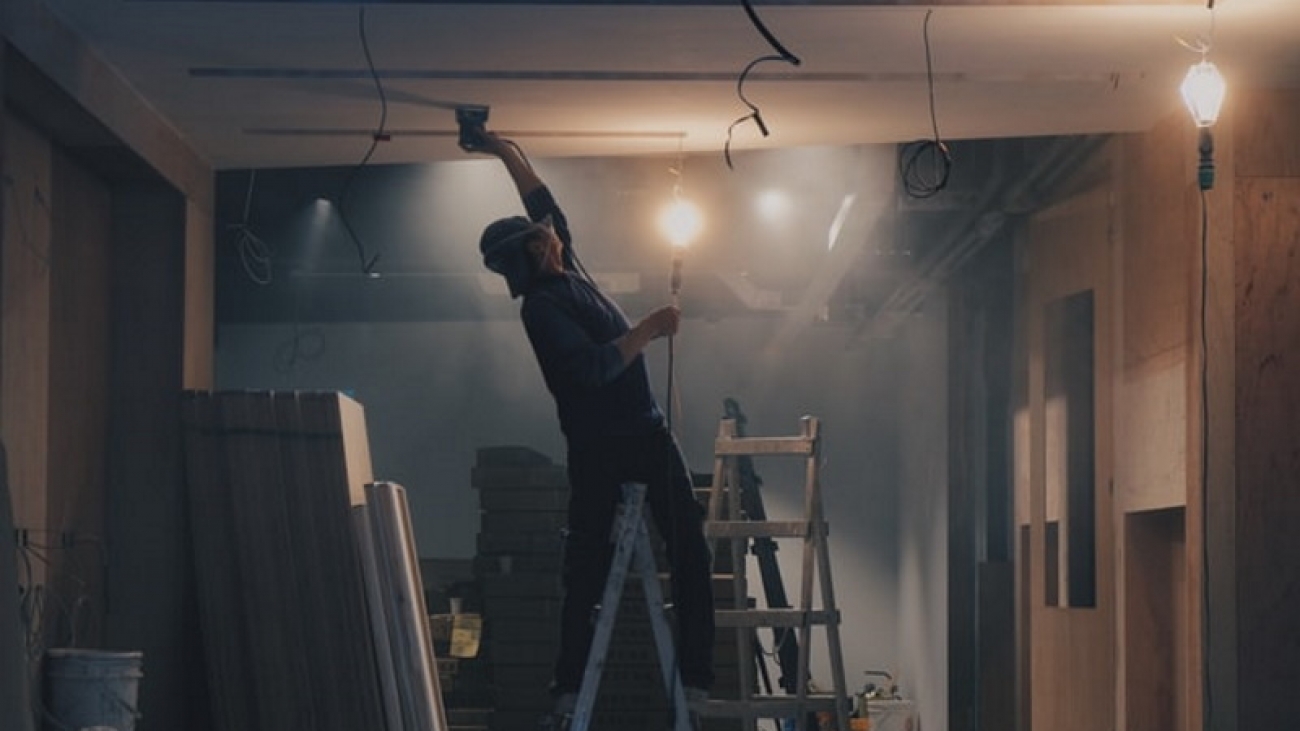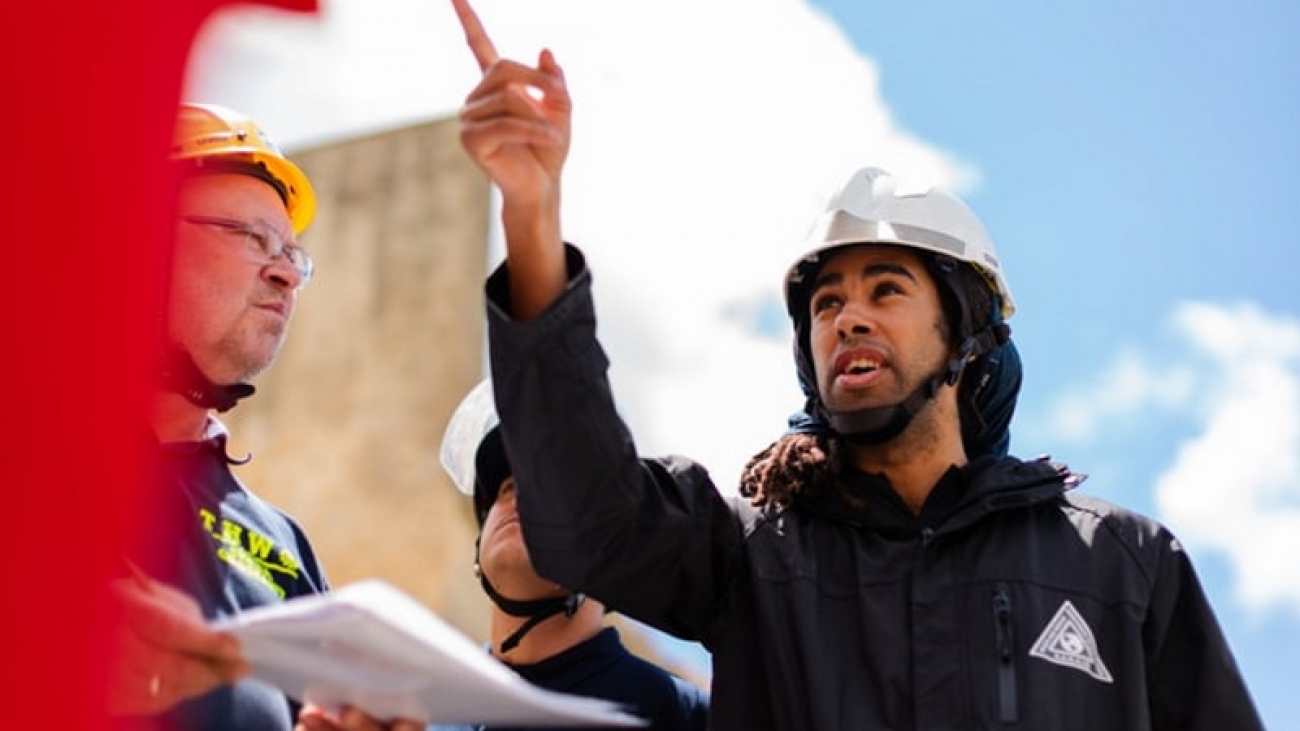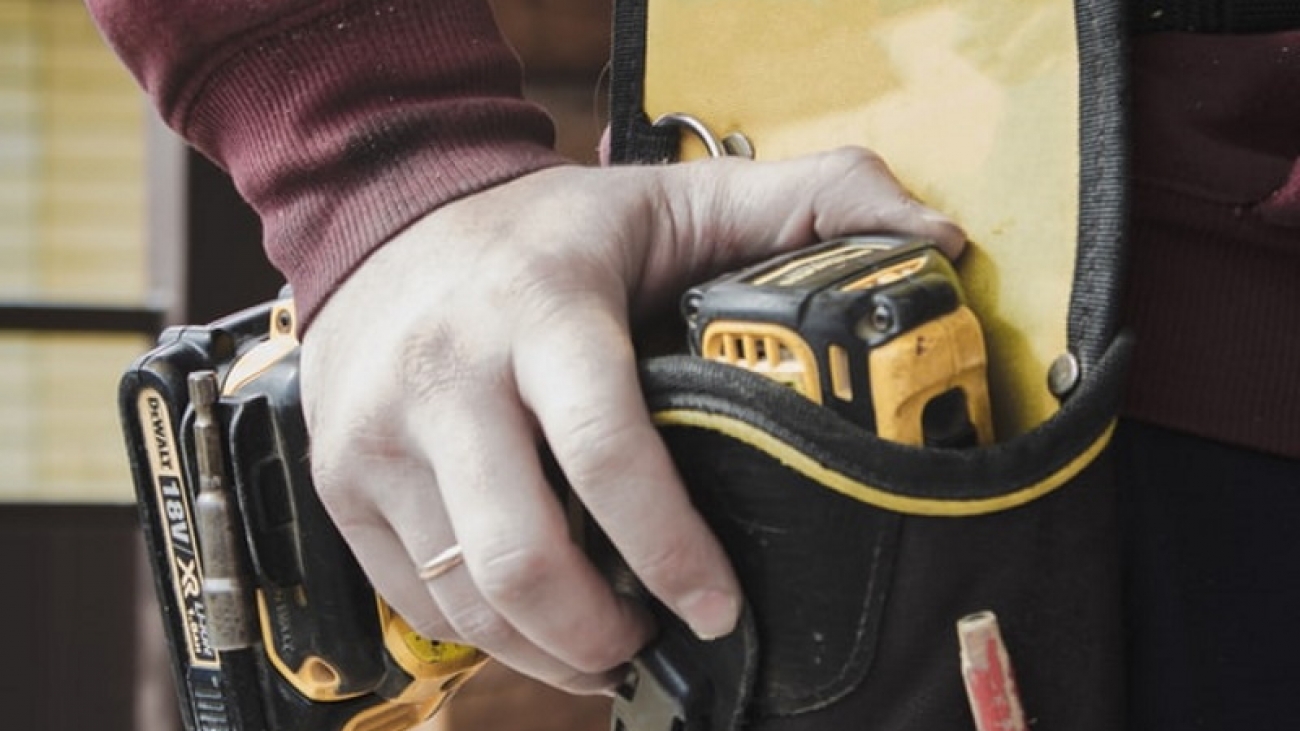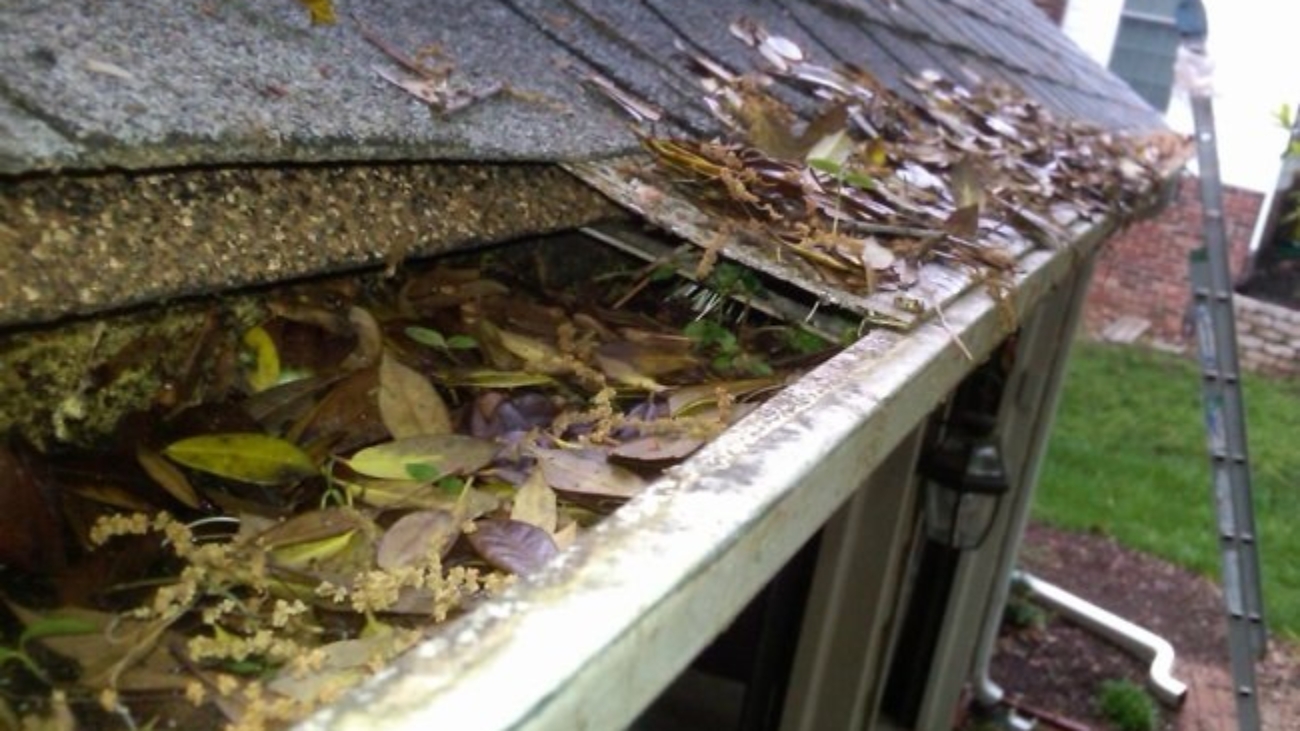How COVID-19 Will Impact the Cost of Your Roof? There’s every reason to believe that property owners hoping to replace or install a new roof will have to prepare for significantly higher costs amid the pandemic.
As there is no reason for optimism about COVID-19, it’s no surprise that costs are already on their way up. The average price of a new shingle roof rose by at least 5% in 2021.
And it gets worse – the impact of COVID-19 on affordable housing providers will be even more significant. There is no simple way for them to make roof installation more affordable; in other words, local roofers expect to spend more across the board.
Economic Shutdown’s Impact on Roof Materials
The shutdown of several manufacturing plants and the loss of skilled labourers have meant that roofing suppliers and manufacturers have had to import materials from overseas.
Though the materials aren’t any different, they’re imported means there are additional shipping costs. For the most part, the added expense is shouldered by property owners who need to replace their roofs and buy products.
Opting for imported roofing materials is a costlier option – but with local supplies hit by the stranded economy, both property owners and roofing contractors don’t have much choice.
Even if a substantially lower number of property owners spend on a roof replacement during the pandemic, this trend doesn’t translate to cheaper materials. Companies, especially those that struggle to compete with well-established brands, are forced to adhere to COVID-19 adjustments in the factories.
This means social distancing, limited physical contact, and constrained work hours. All in all, everyone in the roofing industry must deal with reduced production.
Costlier Supplies + Lower Demand = Higher Prices for Your Roof
Whatever your roofing needs, it’s almost guaranteed that you’ll need to prepare for higher costs.
For homeowners struggling to maintain their properties, this means putting home improvement projects on hold. But when the roof can no longer function the way it’s expected, you have no other choice but to have it replaced, even if it means having to take the risk of exposure to COVID-19.
Manufacturers of roof materials know all too well that property owners are forced to pay a premium for their products. And since many homeowners are compelled to turn to less affordable options, they’re also more likely to sell at a higher price.
We’re not saying that everyone’s taking advantage of it. Nevertheless, even big-time manufacturers and suppliers are struggling to meet ends, forcing them to increase the price of roofing materials.
Mandatory Safety Guidelines Make Everything Difficult
Roofers and manufacturers don’t dictate the price of roofing materials, at least for the most part – they’re not the ones to blame for the increased cost of roof replacement.
Government-mandated safety guidelines and policies in the workplaces across all service industries make it almost impossible to stick to the usual turnaround time. This is quite true in the construction sector, where roofing belongs.
The result?
- More delays
- More time for the roof to deteriorate
- Increased construction costs all around
As a result, you’re forced to pay more if you want your roof replacement as soon as possible.
So, aside from paying more for the materials, property owners are likely to acquiesce to higher cost estimates for labour. Several factors come into play, including that workers must be cautious not to get infected with the virus on site. It usually means a higher demand for paid overtime, extra compensation, and hazard pay.
Some property owners decide to do things cheaply, i.e., hiring a handyman to install a new roof. But this, too, could cost you more in the long run. Working with an unqualified roofer means increased susceptibility to mistakes. This only makes the roof more vulnerable to leaks and expensive repairs sooner than later.
Is It Best to Delay Roof Replacement?
If your roof is in good condition, then you might want to consider deferring the replacement for now. However, when there’s a massive storm approaching or when it starts leaking, you’ll have no other choice but to replace it in time.
You need to protect your family under the assessment of a professional – regardless of whether COVID-19 already hit your community or not. Fortunately, there are ways to limit physical interaction while you’re weighing your options.
For example, you can search and hire a roofing contractor without meeting them in person. You can also arrange for a virtual appointment and a simulation of their work sites.
An online meeting with your prospects will suffice when it comes to figuring out the best options available. Another alternative would be to have a third party contact them on your behalf.
Cost Of Your Roof And COVID-19
With most roofing companies adapting to the new normal, you expect them to be fully versed in online correspondence. After all, working with clients online reduces overhead costs and maintains productivity.
There always will be a handful of prospects out there who’ll give you a reasonable quotation to get some work done in otherwise slow trade.
So, the problem isn’t finding a qualified contractor to install your new roof in the middle of the pandemic. The more obvious concern is the cost – will it be too much for anyone to back off and put the project on hold? Even with the pandemic ravaging the entire construction industry, there’s no way that roofing companies will cease their operations.
The roofing industry is going through a tough time. But if you’re smart about it, then there’s no need for you to pay an outrageous price to have your roof replaced in time. Know how to compare prices online, get free quotes from multiple contractors, and ask the right questions.
Keep in mind that COVID-19 is already making impact over the cost of your roof. Be ready to deal with it while saving money in the long term.

